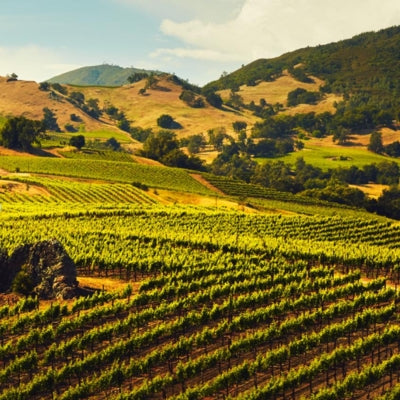
Grape School: New Bordeaux
In a groundbreaking move, in early 2021 France's Institute National de l’Origine et de la Qualité (INAO), officially gave the stamp of approval to permit six new varieties to be used in new Bordeaux blends.
The red grapes traditionally permitted in Bordeaux were Cabernet Sauvignon, Cabernet Franc, Merlot, Malbec, Petit Verdot, and Carmenère. There were formally eight approved white grape varieties. Although in practice, Sauvignon Blanc, Sémillon, and Muscadelle made up much of the blend with Ugni Blanc, Colombard, Merlot Blanc and Mauzac also technically allowed in limited amounts in the mix. The new approved varieties will be limited to 10% of any finished blend.
It all came about due to climate change and the effect it is having on grape growing. For years winemakers have been considering planting grapes that are better adapted to the climbing temperatures and hydric stress. Let’s get to know the grapes that could soon be making their way into your new Bordeaux bottle.
The Reds:
Arinarnoa is a crossing of Cabernet Sauvignon and Tannat. It was primarily grown in the south of France in Languedoc-Roussillon. Its primary characteristics are vivid color and slight herbal notes.
Castets has a murky origin, but has a resistance to downy mildew, as well as high alcohol that allows it to age. It has been planted in the south of France for over a century and is recommended in blends.
Marselan was created in 1961 by crossing Cabernet Sauvignon with Grenache. Initially it was ignored as its yields were not very high, but its resistance to disease and ability to create perfumed wines that can age have brought it out of the shadows.
Touriga Nacional is believed to come from the Dão, a region in Portugal. It creates intense, tannic wines that taste of dark fruits, but can have a slight floral character too. Due to its power it is frequently blended.
The Whites:
Lilliorila is a crossing of Chardonnay and Baroque, created in Bordeaux in 1956. It yields aromatic wines that are low in acid.
Alvarinho, also known as Albariño in Spain, is known for creating aromatic wines with distinctly floral aromatics coupled with citrus and stone fruit.
It will be interesting to see how many winegrowers will make use of the permitted varieties now allowed in new Bordeaux and their effect on the finished product. Only time will tell. In the meantime, shop our full range of Bordeaux here.
Also in News

Jackson Family Wines: Precision and power in California’s great terroirs
Jackson Family Wines has redefined American fine wine


